A travel planning application that accesses, retrieves and compiles data from various APIs like Countries API, OpenWeather API and Travel advisory.


Live Demo
Key Tech:
- WebPack
- Node JS API Calls
Code Highlights:
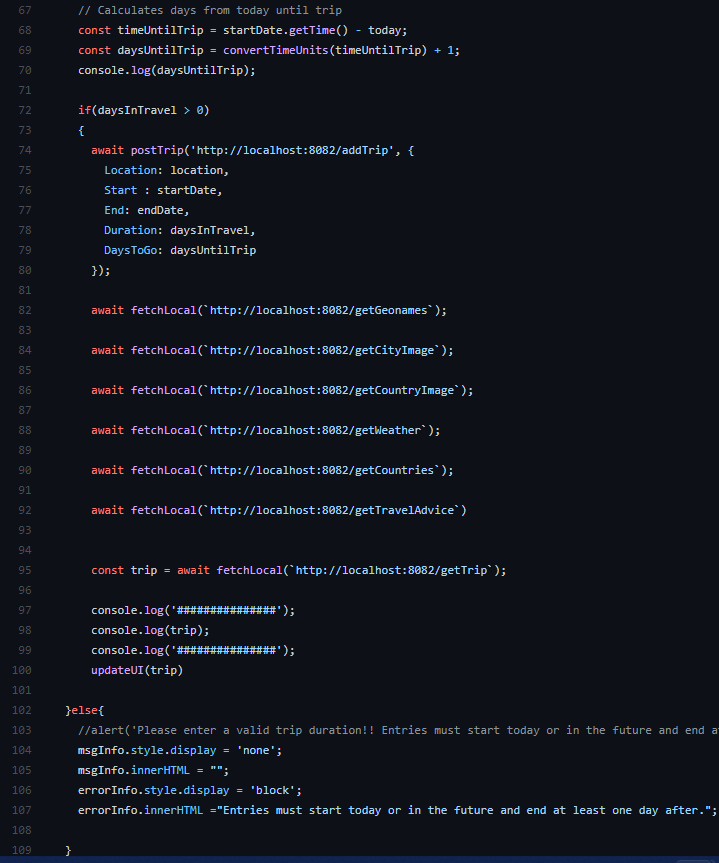
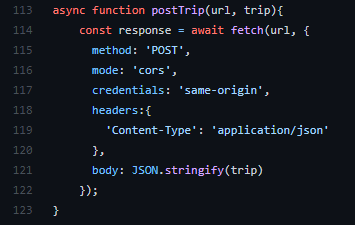
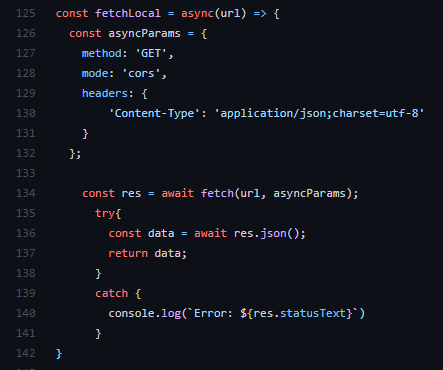
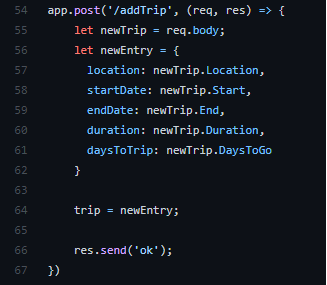
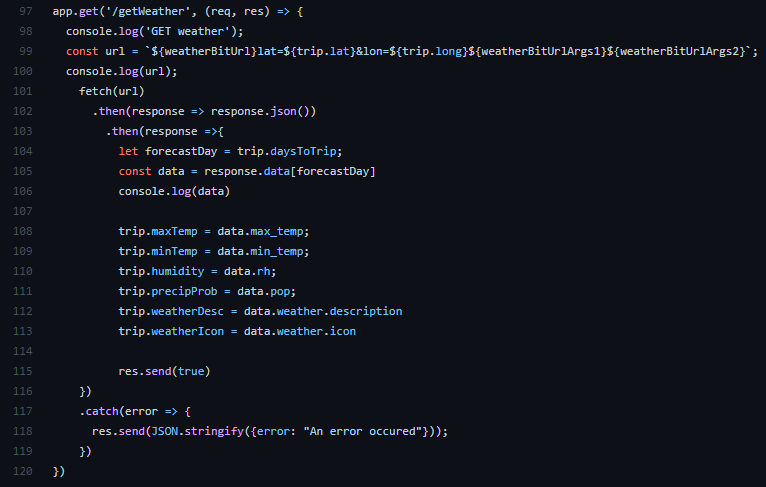
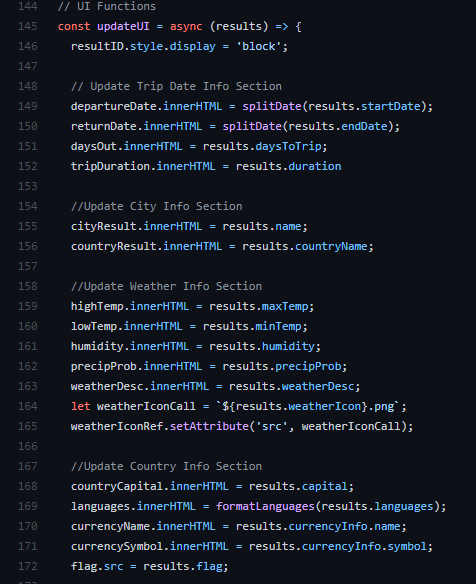

A software developer's life


Live Demo









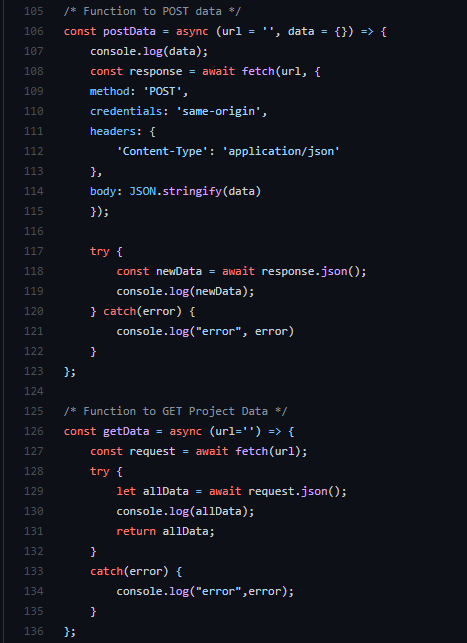










Skills:
Code Highlights:
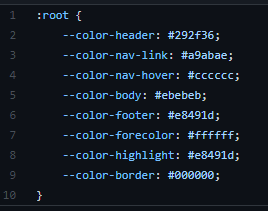
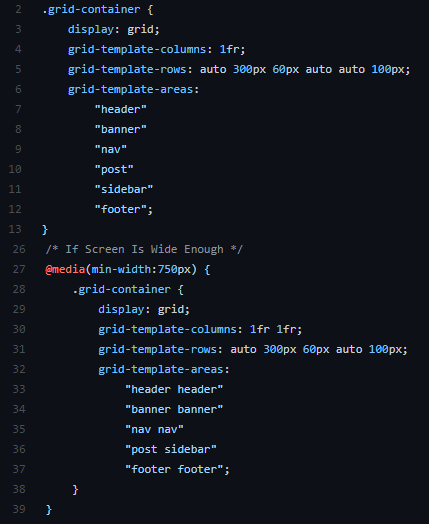
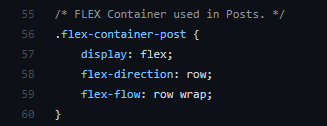


This book is heavily concentrated on explaining why JavaScript is a functional programming language and how that can be used by the developer. The first half of the book is dedicated to JavaScript functions, there is everything you will need to know about JavaScript functions: anonymous functions, recursions, inline named function and so on.
The second half of the book explains everything that you will need to develop well structured JavaScript code.
The only remark I have for this book is about the ‘Regular Expressions’ chapter, in my opinion it is not written very clear and can be confusing, but it is fer to say that the authors are suggesting additional literature for getting familiar with regular expressions.
Big plus is that all the source code form the book examples is very well structured and packed in zip file that enables you to quickly try the examples on computer.
Its a good buy, and I highly recommend it.


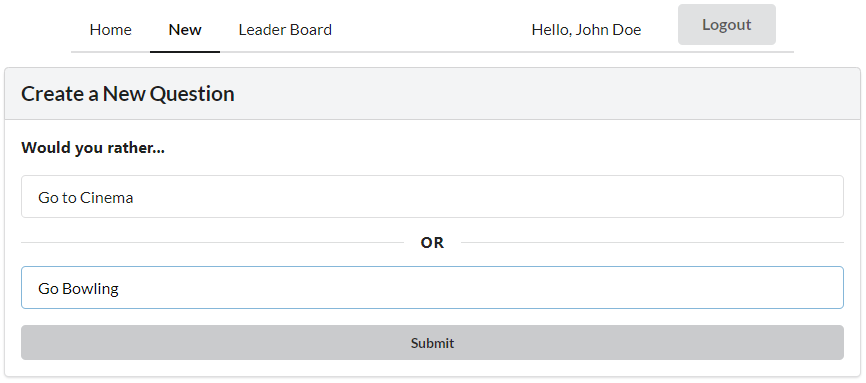


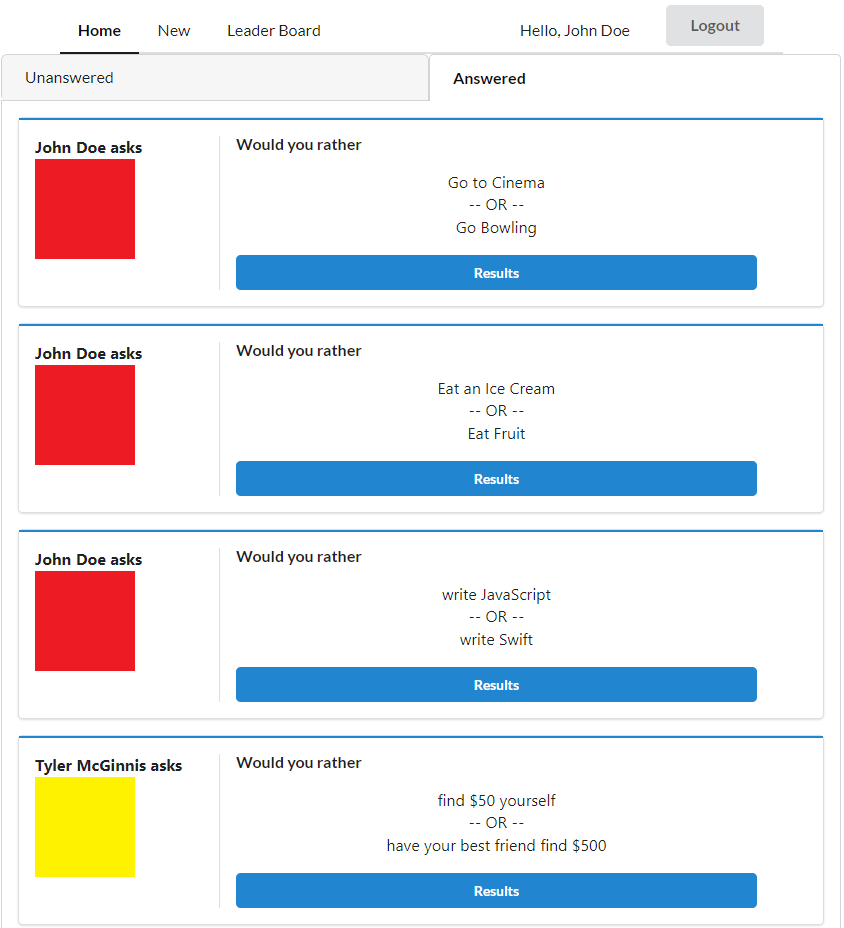
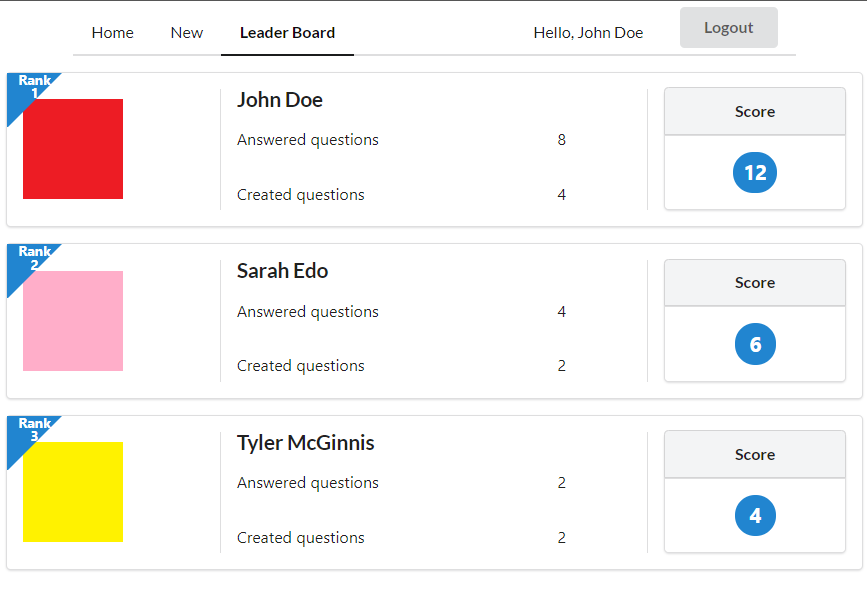
Live Demo

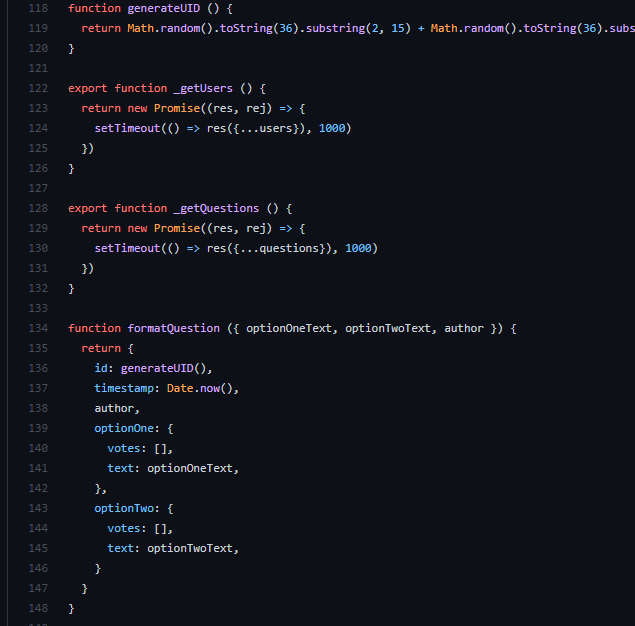
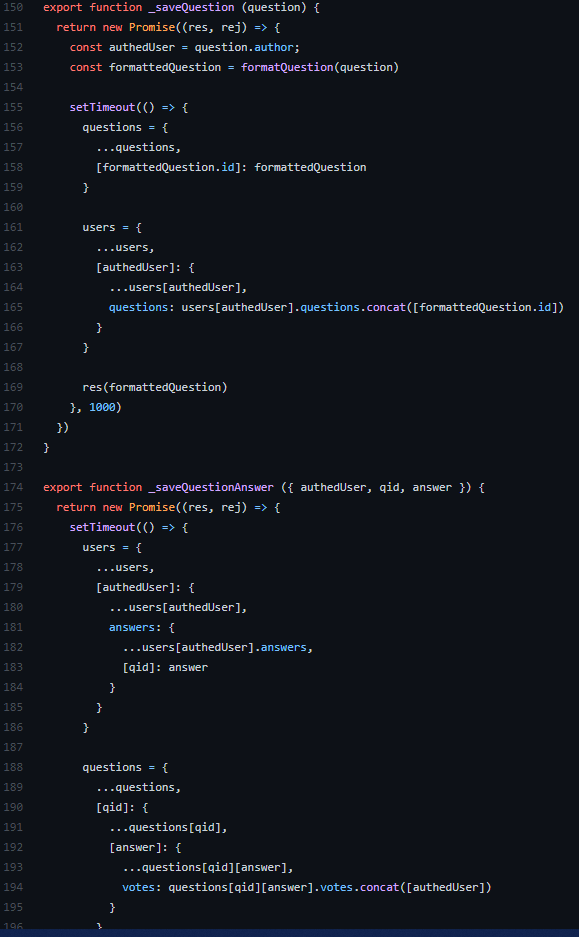

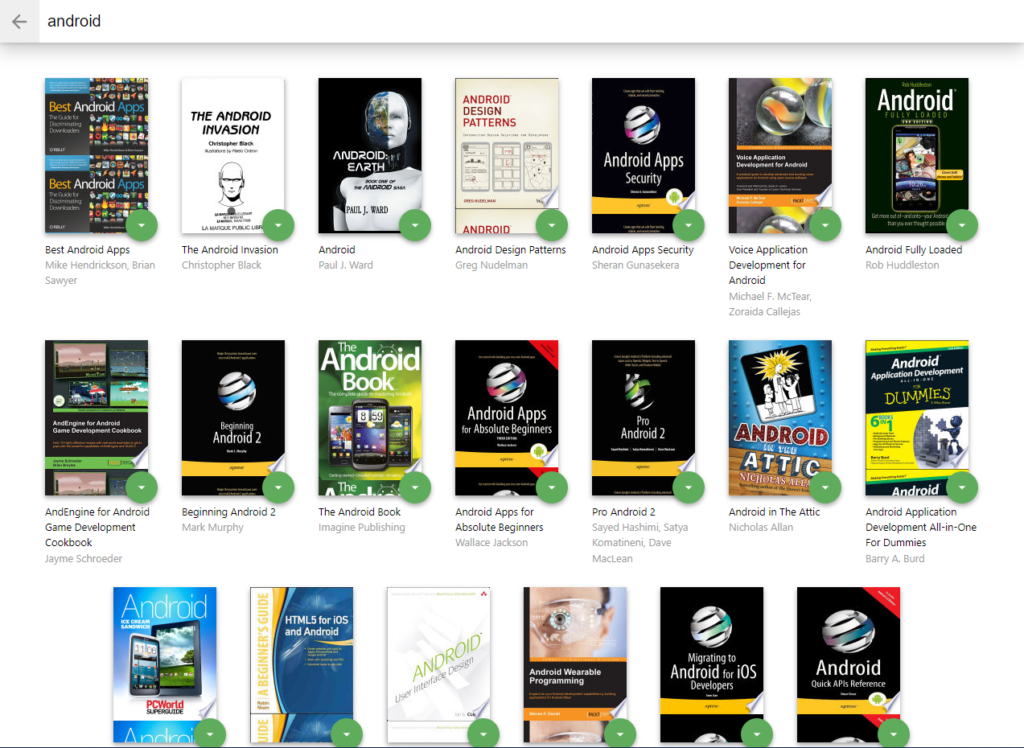
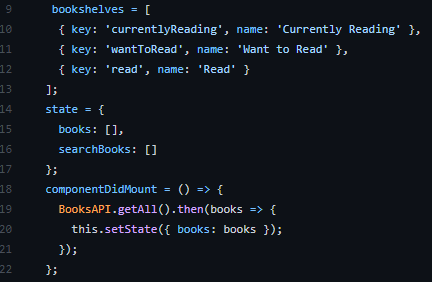
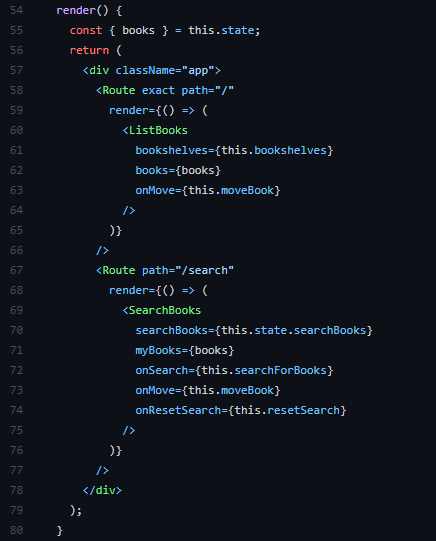

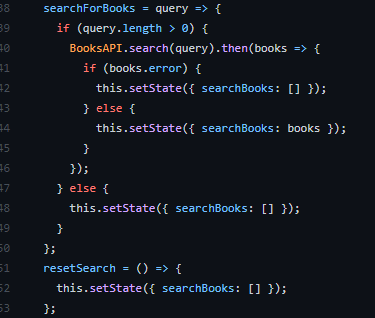

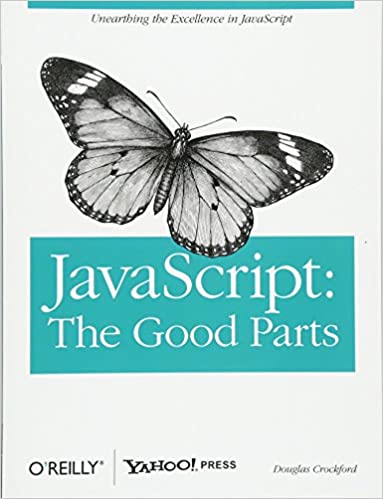
JavaScript: The Good Parts is a classic title from 2008 that many refer to as the go-to introduction to the language. Douglas Crockford, the author, is a familiar name in the JavaScript community and also serves on the ECMAScript committee. While being a little outdated and covering only the ES3 JavaScript specification, the book is valuable today and holds its key takeaways.
JavaScript: The Good Parts is easy to read and covers a subset of the language in 100 pages. It suits well to plowing trough in a few days while trying to grasp the basics of JavaScript. If the reader doesn’t mind the chapter on inheritance being a little hard to read, and take the railroad diagrams and modifying built-in objects with a grain of salt, the book is easy to digest.
JavaScript: The Good Parts presents that most programming languages contain good parts and bad parts. Imperfections are difficult to remove from a language, so they are destined to stay in the language. The programmer is better off by leveraging on the good parts and avoiding features that are more trouble than they are worth.
The book describes a subset of ES3, the good parts, containing the clear and well-formed language constructs that leave the least room for errors when programming in JavaScript. What is left out is not considered that good. Here and there, the reader gets a taste of the unfavorable features and the fact that the language was originally put together in a very short period of time.
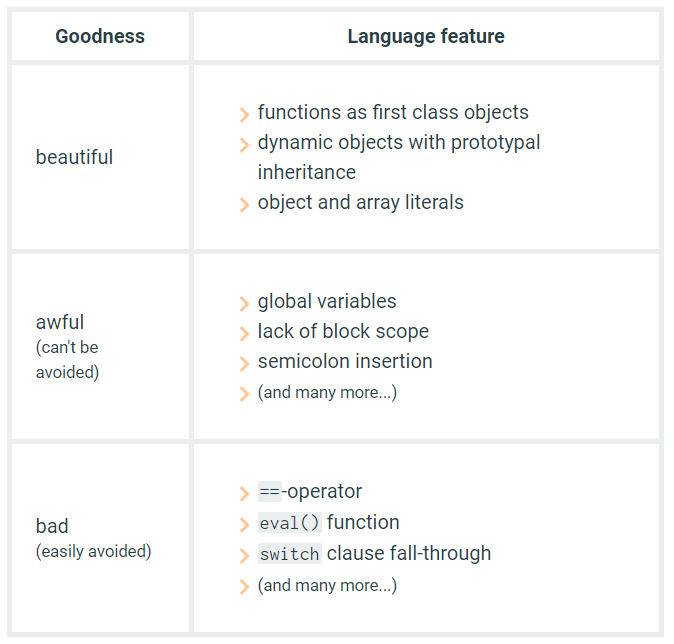
Few good language features get raised above others and are mentioned as the beautiful parts. Parts that are not so good that you cannot avoid using are entitled the awful parts. Parts that are not good but that you can easily avoid are called the bad parts.